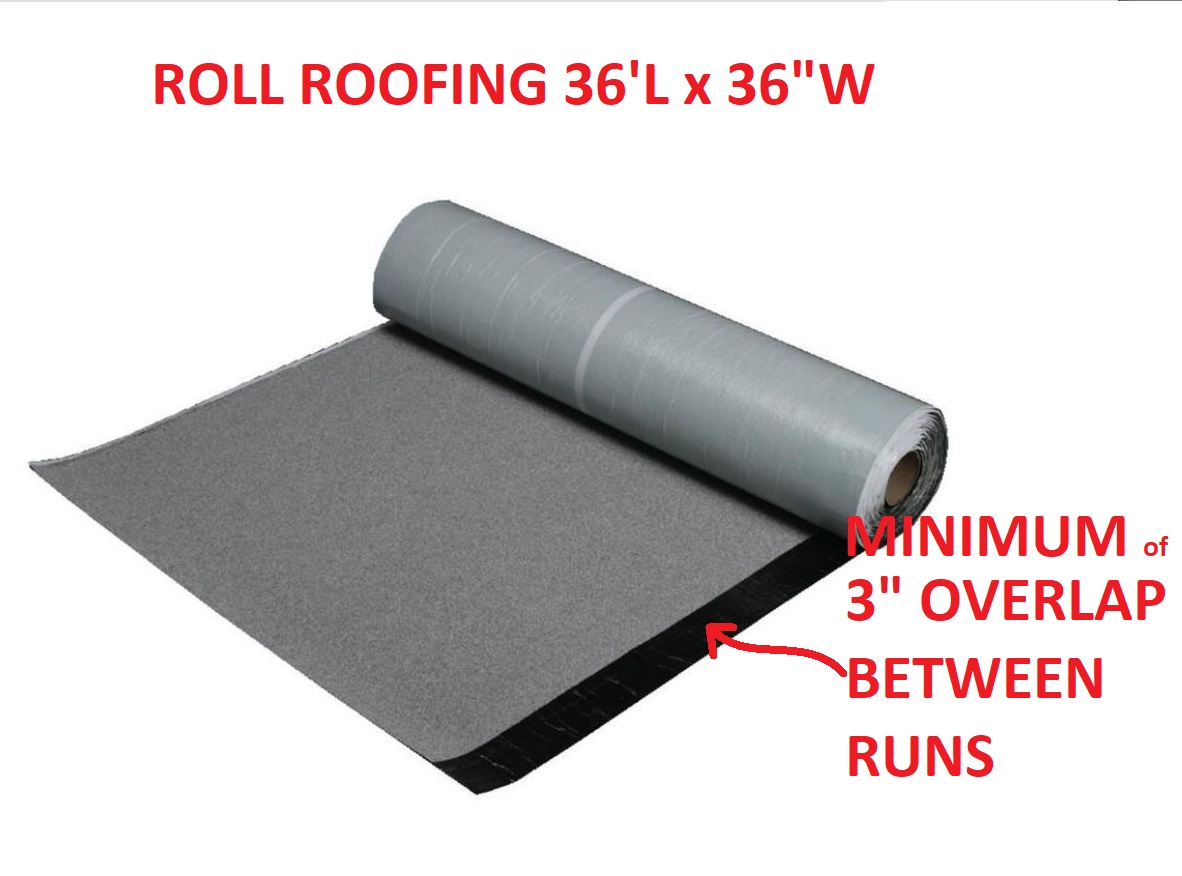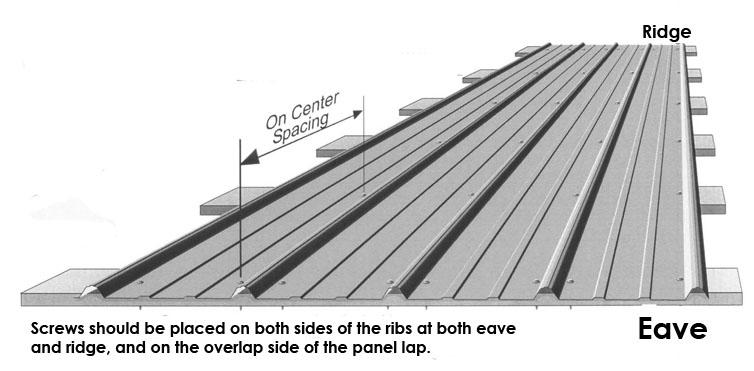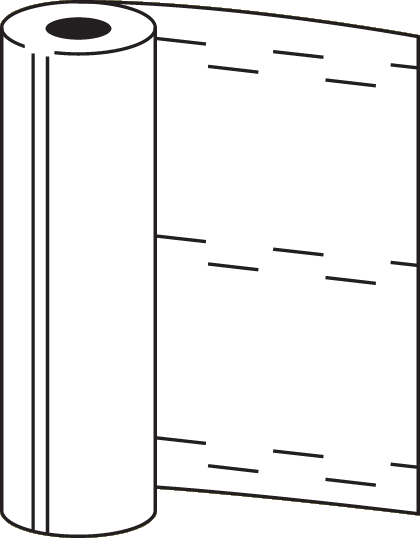Roll roofing is inexpensive and easy to apply although it must be replaced sooner than most other roofing materials and usually has a class c fire rating a is the most fire resistant.
Roll roofing nailing pattern.
The valley of the roof is the point on the roof where the two sides meet.
The nails should not go to the very outer edge of the roll.
Apply about two inches worth of cement under either side to seal the roofing down and then nail it down making sure it still stays flat and even as you go.
Cover the valley areas of the roof with dual layer of sheathing.
Hammer down the nails at the edges of the sheets covering the valley.
The first bed of roll roofing should be at least 36 inches thick.
Roll out the first sheet and ensure that it lies flat and even.
Nail down the 18 inch roll roofing sheet that it is covering the valley.
The nails should start.
Nail only its top edge the part that is bare of mineral coating.
In some areas of the country building codes may require six nails as well.
Make sure that the roof is completely clean.
Six nails are required for structures with slopes exceeding 60 degrees or 21 inches per foot.
Contact roofhelp 12 24 nailing pattern for roofing felt each row of nails that are 24 on center should be approximately 12 from the outside edge of the roll.
The nails themselves should be in uniform rolls spaced six to eight inches apart from each other on either side and top to bottom.
Use a trowel to spread roofing cement over half or more of the strips.
How to nail down roll roofing step 1.
Here are my easy to follow step by step instructions for diy rolled roofing installation.
Cover the preceding layer with 36 inch roll roofing.
Then set the first course in the cement so it overhangs by about 1 4 inch.
Make sure there is a two inch space between the edge of the roll and the first nail.
Cover the valley of the roof.
Once the first row is done add approximately two inches of cement to the top of the first row to secure the second row of roofing.
I m a true diyer when it comes to house projects and i ve learned a thing or two that could help with your diy project.
Position and roll out the roofing carefully because it is not easy to reposition then press it into the cement.














































